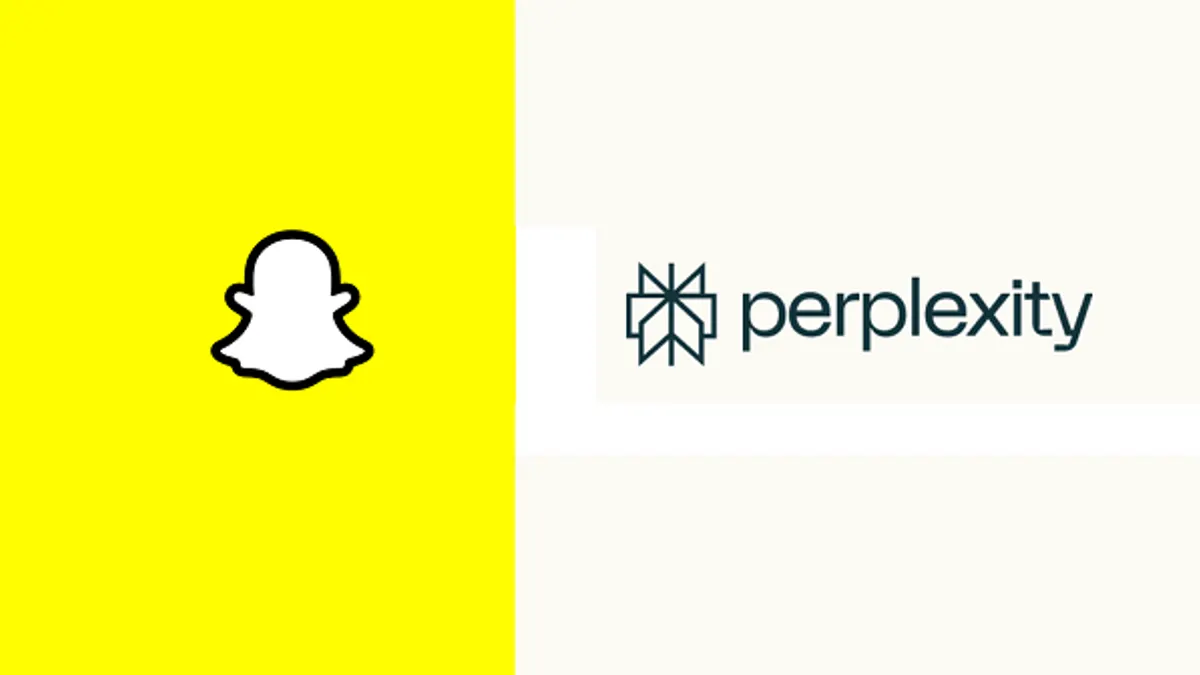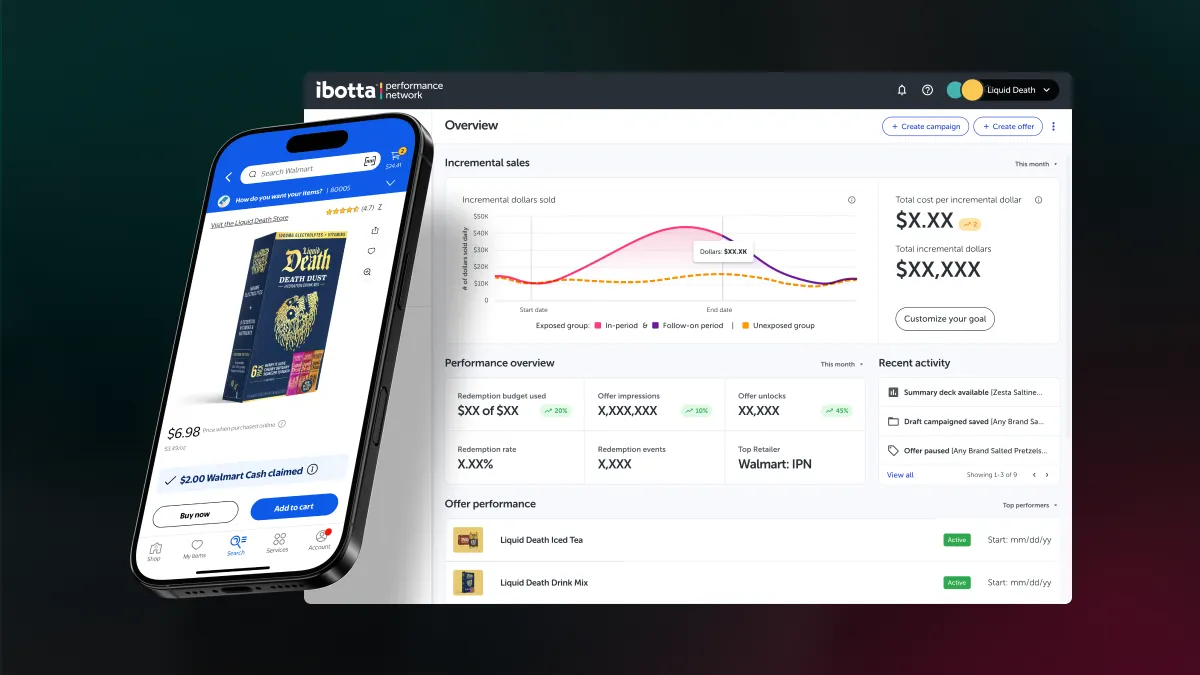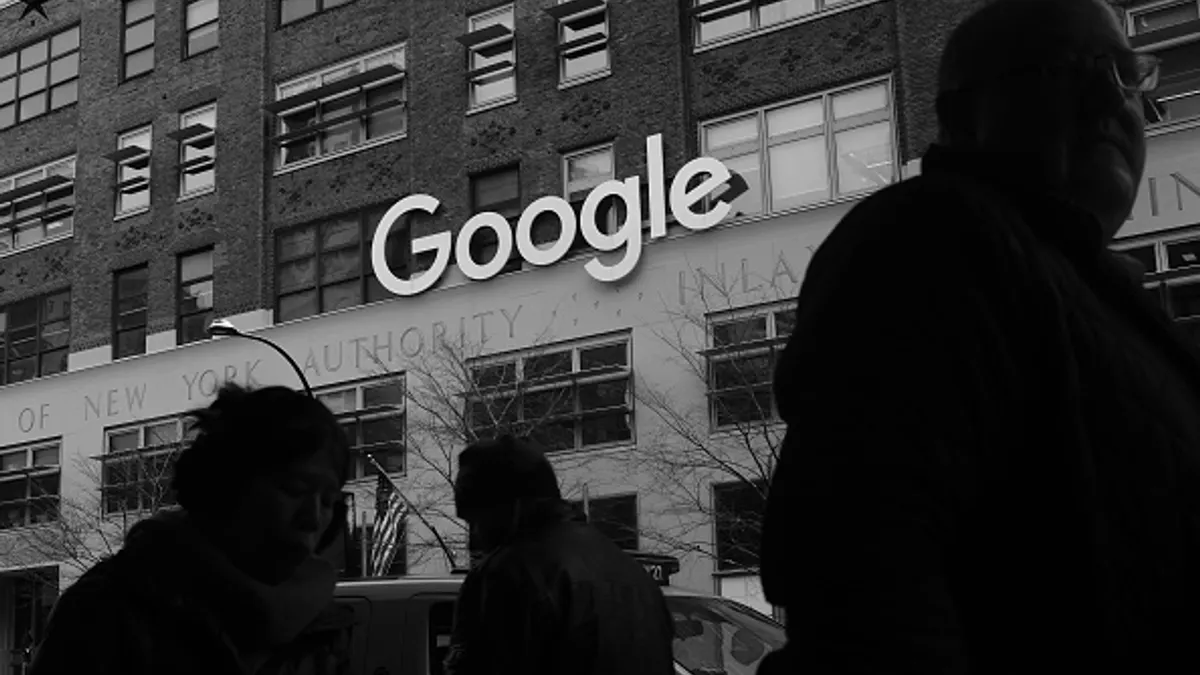How to balance brand and performance marketing — the pull between telling a compelling story consumers can connect with and a more numbers-driven strategy — is an age-old question, but one that many direct-to-consumer (DTC) brands have only recently started to contend with. That's because these disruptors, having built their businesses quickly through performance-focused approaches, are now maturing and must keep up momentum while also distinguishing their services, not just from legacy players, but also a growing number of even younger upstarts.
"I do get worried when I see brands that are forming purely on the back on the performance marketing space," Mike Duboe, the director of growth and acquisition at Stitch Fix, said on a panel at the IAB's Direct Brand Summit in New York City last week. "Generally, even if you can be as sophisticated as possible, [in the] top 1% at that, costs are still going up over time, and it's rare for a company to differentiate on performance marketing only."
At the talk, marketers from Stitch Fix, along with Tula and Mizzen + Main, weighed in how they're handling the tug-of-war between brand and performance, including its effects on influencer marketing, mobile video and agency partnerships. While there was no one-size-fits-all solution offered, a closer blending of brand and performance, where the former is more numbers-driven and the latter more informed by internal creative insights, appeared to be a unifying theme for weathering what are often difficult growing pains.
"We're in this world where even your brand marketing has to be measurable," Alisa Metzger, VP of marketing at the cosmetics maker Tula, said on the panel. "I think that world is just going to become more and more gray [between] what is truly brand, what is truly performance. Hopefully everything you're doing ... is helping tell your brand story in some shape or form."
Growing up
Many DTC brands have had fairly straightforward paths to growth, putting most of their marketing budgets toward new customer acquisitions through channels like paid social. That type of direct response (DR) approach has typically been folded under the performance marketing umbrella, though some panelists resisted the idea of grouping DR and performance together.
"Performance for us is, we run all of our media, whether it be offline or online, through a growth group and a performance group," said Duboe. "We define brand marketing as work that is outside of media buys, so brand will work on new business launches and more integrated campaigns."
Regardless of definitions, a through line at the IAB event was how the explosive early performance for DTC companies, driven by what are essentially direct response strategies, has started to wane. This is happening at the same time when new customers coming from channels that supported initial growth are beginning to dry up.
"The most important thing to remember is essentially the law of large numbers when you're in a company: Growth decays over time," Stephanie Swingle, CMO at the men's apparel retailer Mizzen + Main, said on the panel.
"You're going to run through your Facebook audience, you may even run through your TV audience at some point in time," Swingle said. "It becomes more and more difficult and expensive to reach those consumers."
The numbers game
The IAB panel offered a slate of advertisers at varying stages in this lifecycle, which guided outlooks on splitting brand and performance. Stitch Fix, which was founded in 2011 and went public last year, had a longer view on what does and doesn't work for marketers starting a DTC business. Duboe said the company strives for a certain predictability since it's no longer private.
Like Metzger, Duboe also propped up the idea of a blended approach, where brand and performance marketing are "synergistic." Obsessing over performance marketing alone can seem intuitive for upstarts given a broader shift in the industry toward data and analytics, but numbers don't always tell the full story, panelists said.
That narrative might be lost on CMOs who feel increasing pressure to take on dual roles as chief growth officers. However, Swingle cautioned against focusing too much on both media revenue, which doesn't always account for consumers who take longer paths to purchase, and attributable revenue, which leaves its own gaps that need to be filled.
"It sounds controversial, especially as data science evolves," Swingle said. "What we find is that, when you focus too heavily on attribution, we make decisions based on what we can count and not on what's really driving the business."
Shifting gears
The shifting dynamic between brand and performance is being felt at a channel-specific level as well. The role of something like influencer marketing, popular among DTC brands, is evolving beyond being a purely brand-building tactic. Though the space is still a bit of a Wild West, influencer marketing drives approximately 40% of Tula's monthly revenue, according to Metzger.
"We really look at it as an affiliate model and a performance model," she said. "That's done both for us, on the brand side and the performance side."
On the other hand, some channels viewed as industry must-haves like mobile video don't always affect the bottom line in concrete ways. This discrepancy comes despite the massive amount of investments being poured into something like mobile video.
"Mobile video is really important for discovery for shoppers but it doesn't yield high conversions," Mizzen + Main's Swingle said. "When you think about how we're talking to consumers in that mobile video moment ... because we don't see that initial revenue return, we associate awareness objectives with that."
Where do agencies fit in?
Brands looking to navigate the choppy waters of brand and performance have historically been assisted by agencies, but a growing skepticism toward Madison Avenue was certainly felt at the IAB conference. Many DTC marketers at the show noted that they handle duties like media buying entirely in-house, reflecting a trend that's emerged among legacy brands amid pushes for cost-cutting and demands for greater transparency from marketing services providers.
"When we first got started doing any paid marketing, there was no one in-house," Stitch Fix's Duboe said. "We went with a fully outsourced model, which was right for us at the time. Over the last couple of years, we've been progressively pulling as much as we can in-house as we've built out my org and, in particular, our science and data engineering teams."
Digital and social media also naturally fall into the in-housing arena, per Duboe, but one area where agencies might have an opportunity with DTC brands is assisting with traditional media duties. More disruptors, having exhausted DR channels like paid social, are moving to more traditionally brand-focused ones like TV, which Duboe called "burdensome" and complicated to navigate.
And as much as agencies were given the cold shoulder by DTC speakers at the show, others admitted that there's value in having partners with historical knowledge of the industry and a catalog of clients to draw insights from.
"Agency partners who are able to, not only help us place the media buy, but also provide recommendations on what's working with other brands and what we can be doing better are extremely valuable," Swingle said.






















